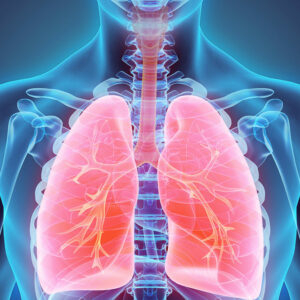
01
Things to Know about Helicobacter Pylori
Helicobacter Pylori or H. Pylori is a common type of bacteria that usually causes the infection of the digestive tract. About 60 percent of the adult population of the entire world is affected by H. Pylori, and it is commonly seen in the western developed countries. “Helico” means spiral, and the name comes from its spiral shape. This shape makes it easy to penetrate the stomach lining, causing ulcers in the stomach. If the treatment for Helicobacter Pylori is not done on time, the complications can be life-threatening. Here are a few things related to the H. Pylori. The signs and symptoms of Helicobacter Pylori In about 85% of the cases of Helicobacter Pylori, there are no symptoms and complications. When there’s already an ulcer in the stomach, one can start feeling abdominal pain at night or a few hours after meals when the stomach is empty. This is a troubling pain that is timely, and it goes off on its own. Some other symptoms associated with H. Pylori infection are as listed: Excessive burping A feeling of bloating Nausea Heartburn Fever Decreased appetite Weight loss In the later stage of H. Pylori infection, some of the symptoms are trouble in swallowing, anemia, blood in the stool, vomiting, black spots on the face, and so on. Causes of Helicobacter Pylori The H. Pylori infection is known to spread from one person’s mouth to another. When a person does not wash their hands properly after using the bathroom, there are chances of the infection spreading. Also, it can spread through contaminated food and water. The H. Pylori bacteria penetrates the stomach’s mucous lining and forms the element that neutralizes the stomach acid. This stomach acid irritates the stomach lining and causes stomach ulcer. Risk factors for the Helicobacter Pylori infection The risk of developing a disease of H.
Read More 










